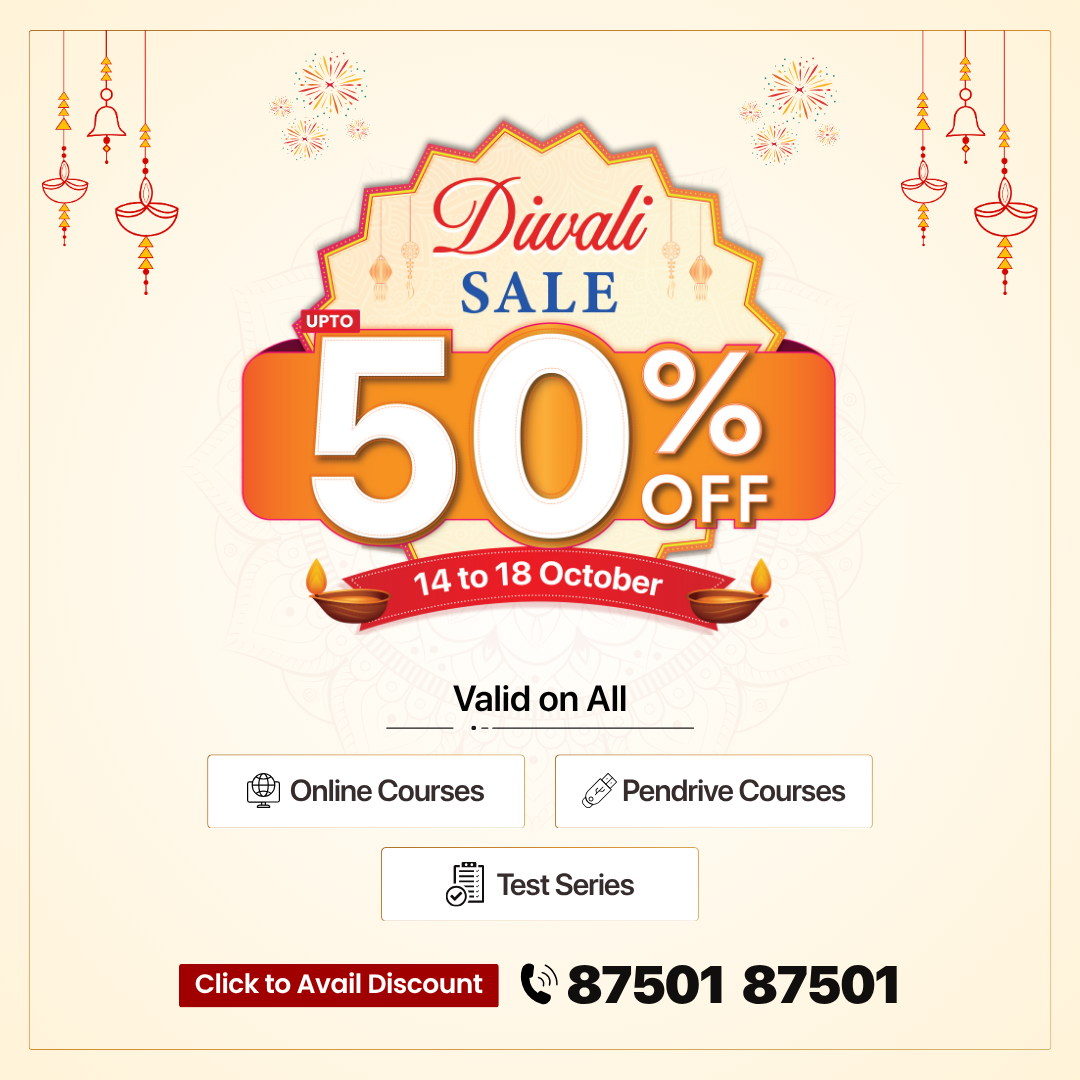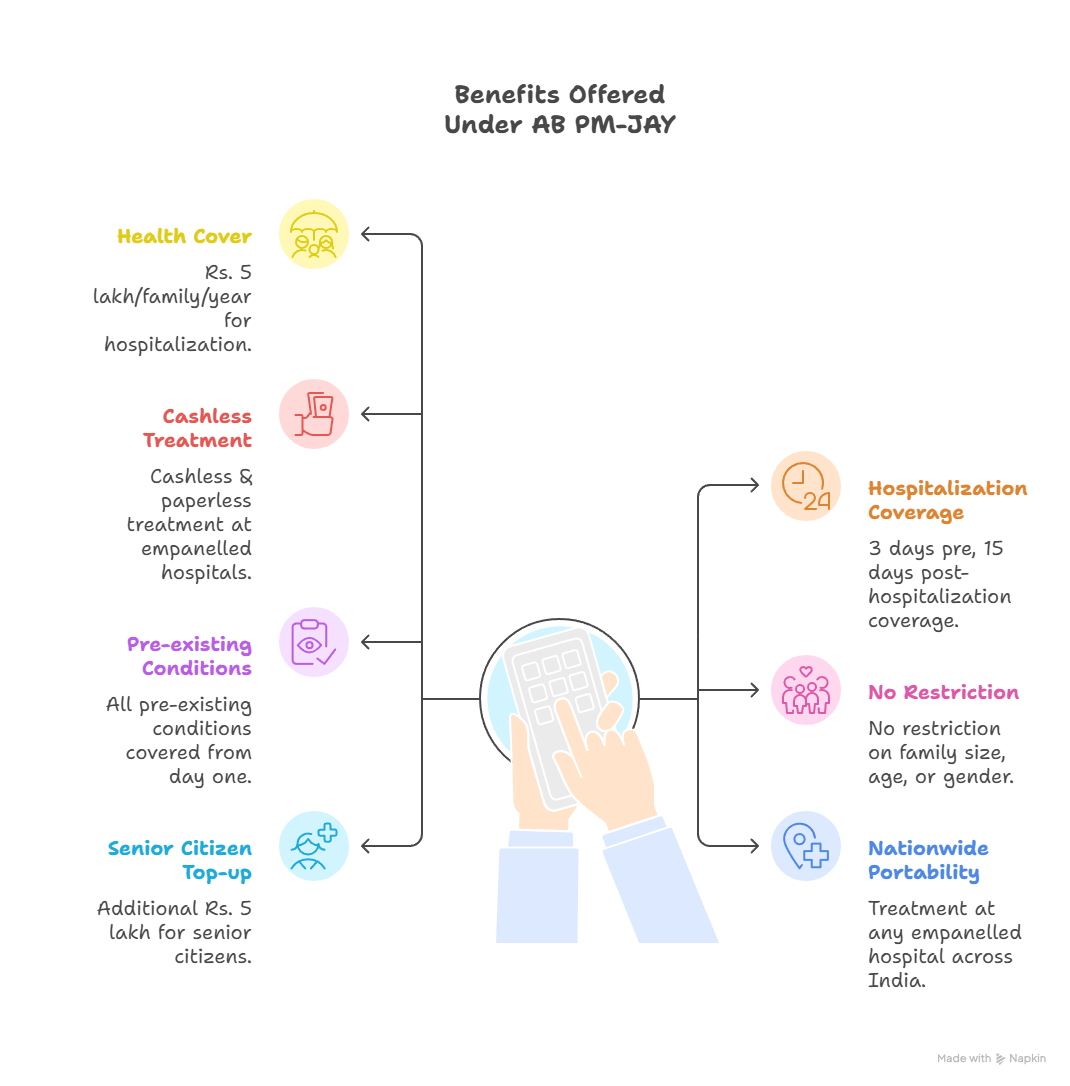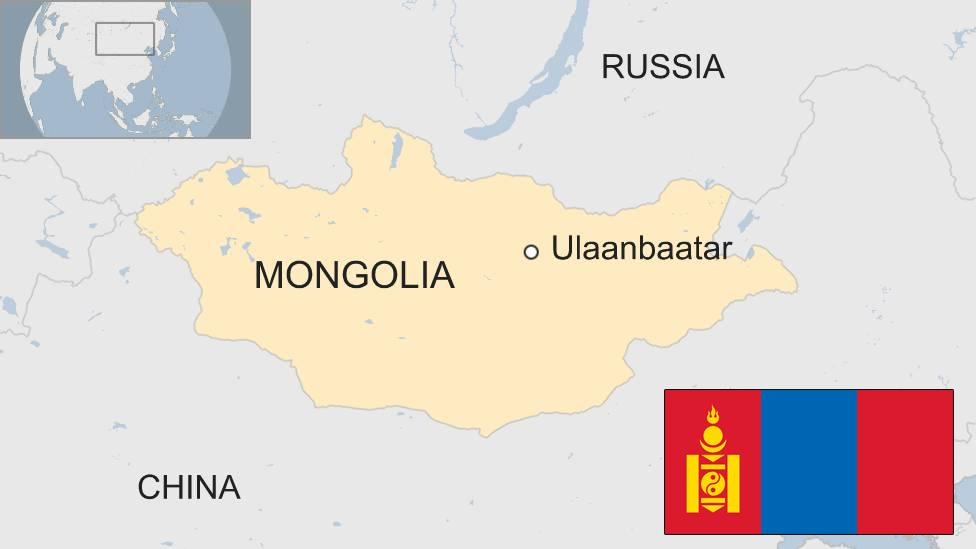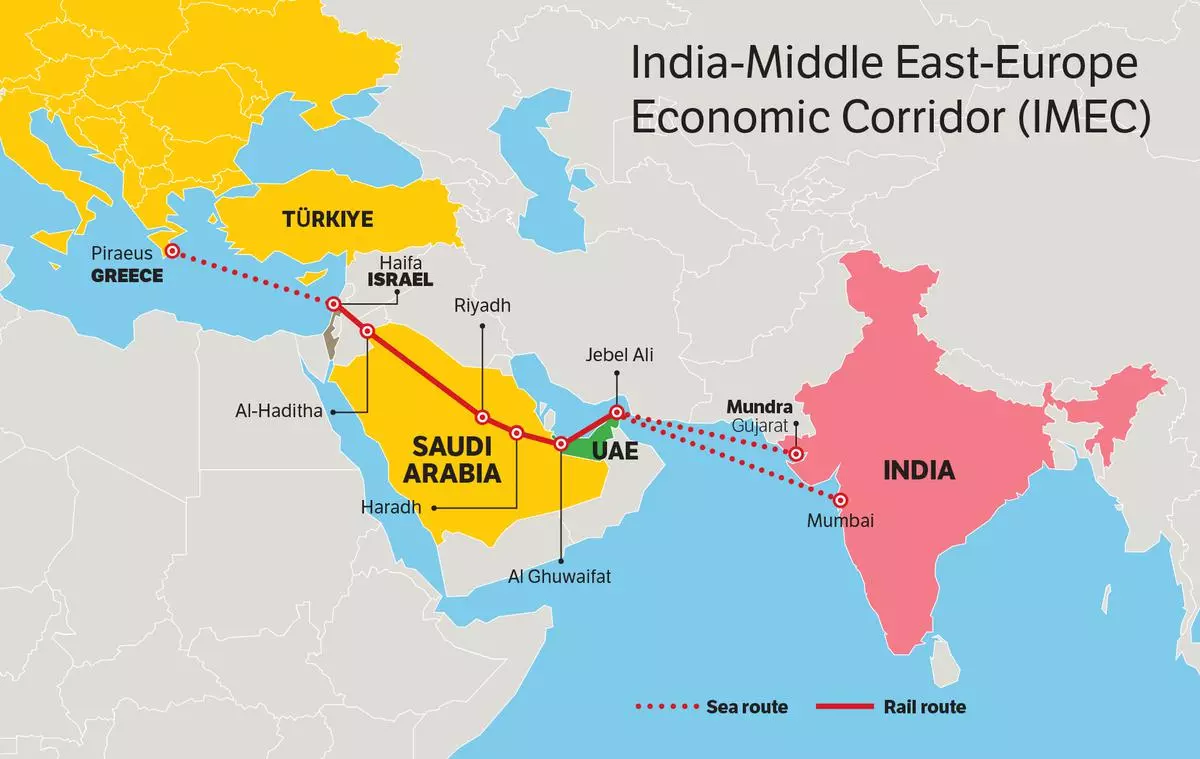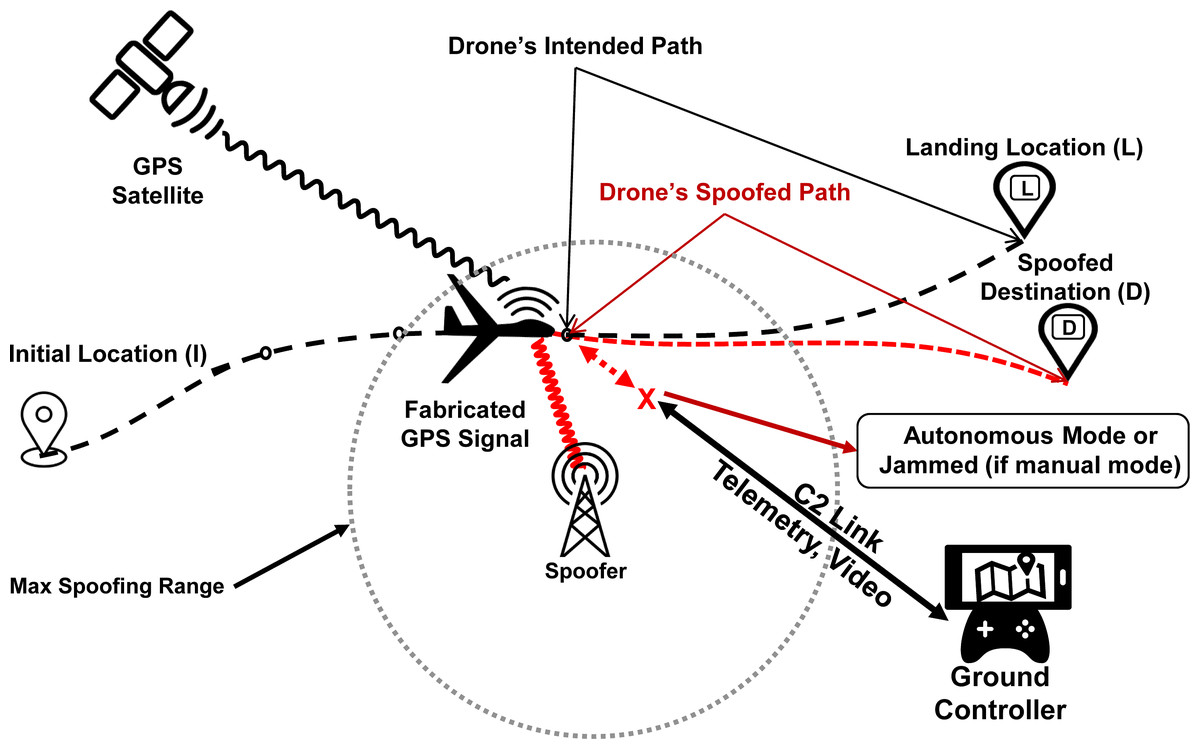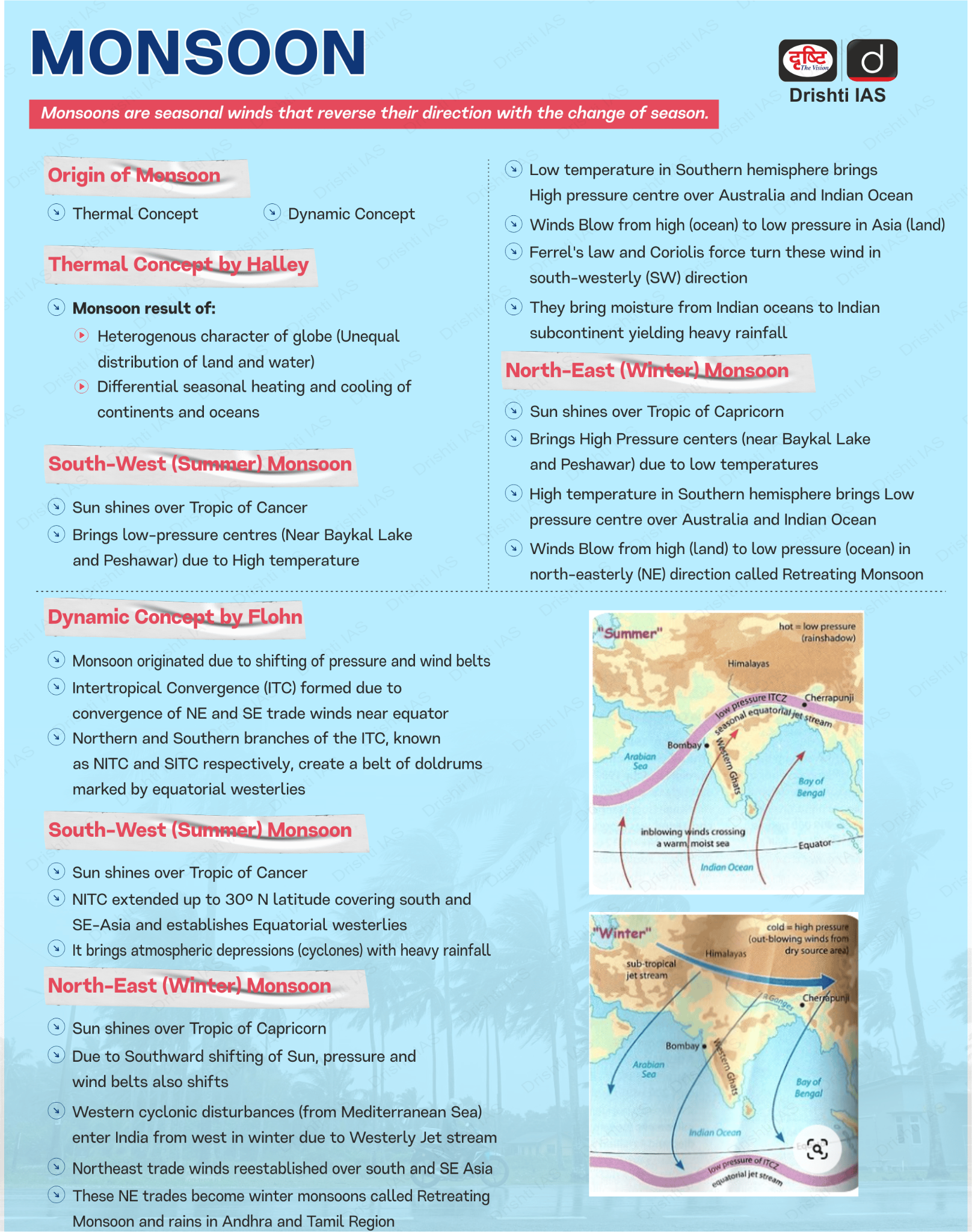Governance
Ayushman Bharat and Universal Health Coverage
For Prelims: National Health Authority, Ayushman Bharat–Pradhan Mantri Jan Arogya Yojana, ABHA number, National Health Protection Scheme, Ayushman Bharat Health and Wellness Centres.
For Mains: Role of Ayushman Bharat in advancing Universal Health Coverage (UHC) in India. Reasons for private hospital dominance in government-sponsored health schemes. Primary, Secondary, and Tertiary Care Strengthening.
Why in News?
The National Health Authority’s (NHA) Annual Report 2024–25 has revealed that under the Ayushman Bharat–Pradhan Mantri Jan Arogya Yojana (AB-PMJAY) while government hospitals make up the majority of empanelled institutions, most beneficiaries are actually availing treatment in private hospitals, often at higher costs.
What are the Key Findings Regarding the AB-PMJAY?
- Dominance of Private Hospitals: Of the 31,005 hospitals empanelled under AB-PMJAY, only 45% are private, yet they account for 52% of the 9.19 crore hospitalisations and receive 66% of the total ₹1.29 lakh crore treatment cost.
- Treatment Trends: Since 2018, 14% of treatments under AB-PMJAY have been for haemodialysis, followed by fever (4%), gastroenteritis (3%), and animal bites (3%). In 2024‑25, the top specialties were General Medicine, Ophthalmology, and General Surgery.
- Patient Mobility: A key feature of Ayushman Bharat is portability, enabling treatment across states.
- Top in-migration destinations are Chandigarh (19%), Uttar Pradesh (13%), and Gujarat (11%), while states with highest out-migration are Uttar Pradesh (24%), Madhya Pradesh (17%), and Bihar (16%).
- Digital Ecosystem Progress: The government’s digital health ecosystem is progressing fast: 6 in 10 people have an ABHA number, 50 crore health records are linked, 38% of health facilities and 26% of health personnel are registered on the system.
- ABHA number is a 14-digit ID that creates a cloud-based account for securely storing digital health records.
What is Ayushman Bharat-Pradhan Mantri Jan Arogya Yojana?
- About: Ayushman Bharat-PM-JAY is India’s flagship health insurance scheme providing financial protection for secondary and tertiary care to vulnerable families, aiming to reduce catastrophic hospital expenses and promote Universal Health Coverage (UHC).
- Formerly National Health Protection Scheme (NHPS), it subsumed the Rashtriya Swasthya Bima Yojana (RSBY, 2008) and is run by the Ministry of Health & Family Welfare.
- Target Beneficiaries: It covers 12 crore families (around 55 crore people), prioritizing the poorest 40% of the population. Beneficiaries are identified through the Socio-Economic Caste Census (SECC-2011) and prior RSBY coverage.
- Senior citizens aged 70+ are eligible irrespective of income, totaling around 6 crore beneficiaries.
- Funding Pattern: The scheme is fully government-funded with Centre-State sharing: 60:40 for most states, 90:10 for North-Eastern and Himalayan states, and 100% central funding for Union Territories without a legislature.
- Key Components:
- Ayushman Arogya Mandirs (AAMs): It plans plan to set up 1,50,000 centres (formerly Ayushman Bharat Health and Wellness Centres) to provide comprehensive, free primary healthcare, including non-communicable diseases, palliative and rehabilitative care, oral, eye, ENT, and mental health services.
- Pradhan Mantri Jan Arogya Yojana (PMJAY): It provides health coverage of Rs 5 lakh per family per year for secondary and tertiary care hospitalization.
- Implementing Structure:
- National Health Authority (NHA): Autonomous body, chaired by Union Health Minister.
- State Health Authority (SHA): Headed by a CEO appointed by the state government.
- District Implementing Unit (DIU): Chaired by District Collector/DC/DM.
- Benefits Offered:
- Key Achievements:
- Wide Reach: Over 35.4 crore Ayushman cards issued; operational in 33 States/UTs.
- Gender Equity: 49% of cards issued to women, with 3.61 crore hospitalizations availed.
- Financial Impact: 21% reduction in out-of-pocket expenses and 8% decline in emergency health loans.
- District Hospital Gains: Annual net benefit of USD 26.1 million, projected to reach USD 41.8 million (USD 169,607 per hospital).
What are the Key Issues Hindering Universal Health Coverage in India?
- Inadequate Public Health Financing: India’s public health expenditure is low at 1.84% of GDP, below the National Health Policy 2017 target of 2.5%, resulting in underfunded health infrastructure, while out-of-pocket expenditure (OOPE) stood at 39.4%.
- Limited & Uneven Reach: Schemes like Ayushman Bharat PM-JAY leave out the “missing middle” (not poor enough for subsidies, not rich enough for private insurance) and focus on secondary/tertiary care, neglecting primary and outpatient services, which account for a large part of out-of-pocket expenditure (OOPE).
- Rural-Urban Imbalance: Most healthcare professionals are in urban private sectors, leading to rural shortages and insufficient public health and paramedical staff to address diseases.
- Weak Primary Healthcare: A weak primary care system forces patients to overcrowd tertiary hospitals for minor ailments, with the health system focused more on treatment than wellness and prevention.
- Regulatory Gaps: The private sector, delivering the majority of care, shows inconsistent quality and poor regulation, leading to unethical practices and overcharging, while inadequate health data systems limit evidence-based policymaking.
What Measures can be Adopted to Achieve Universal Health Coverage in India?
- Increase Public Health Funding: Increase public health spending to 2.5% of GDP, directing more funds to strengthen primary care (AAMs) and establish a robust gatekeeping system.
- Integrate Health Insurance: Develop affordable insurance for the currently excluded population and expand coverage from hospitalization to outpatient care, diagnostics, and medicines.
- Strengthen the Health Workforce: Expand medical and nursing colleges in underserved areas, provide incentives to retain rural health professionals, and invest in training community health workers, nurses, and paramedics.
- Leverage Technology: Leverage telemedicine and the ABHA digital ecosystem to provide specialist care remotely, and run public health campaigns on Noncommunicable diseases (NCDs), sanitation, and nutrition.
- Improve Governance: Enforce the Clinical Establishments Act, 2010 for quality and cost standards, implement evidence-based treatment guidelines, and strengthen data systems for monitoring, planning, and accountability.
Conclusion
AB PM-JAY has significantly advanced Universal Health Coverage by providing massive financial protection and reducing out-of-pocket expenditure. However, its success highlights a critical challenge: the overwhelming patient preference for private healthcare, underscoring the need to enhance the quality and capacity of public health infrastructure for sustainable equity.
|
Drishti Mains Question: Discuss how the Ayushman Bharat–Pradhan Mantri Jan Arogya Yojana (PM-JAY) contributes to achieving Universal Health Coverage (UHC) in India. |
Frequently Asked Questions (FAQs)
1. What is AB-PMJAY?
AB-PMJAY is India’s flagship health insurance scheme providing Rs 5 lakh per family per year for secondary and tertiary care, aiming to achieve Universal Health Coverage for vulnerable populations.
2. Why do people prefer private hospitals under AB-PMJAY?
Private hospitals are preferred due to advanced technology, better infrastructure, specialist availability, attentive care, and faster access, despite only 45% of empanelled hospitals being private.
3. How does AB-PMJAY promote gender equity?
49% of Ayushman cards are issued to women, and 3.61 crore hospitalizations have supported female beneficiaries, ensuring inclusive healthcare access.
UPSC Civil Services Examination, Previous Year Question (PYQ)
Prelims
Q. With reference to the National Rural Health Mission, which of the following are the jobs of ‘ASHA’, a trained community health worker? (2012)
- Accompanying women to the health facility for antenatal care checkup
- Using pregnancy test kits for early detection of pregnancy
- Providing information on nutrition and immunization.
- Conducting the delivery of baby
Select the correct answer using the codes given below:
(a) 1, 2 and 3 only
(b) 2 and 4 only
(c) 1 and 3 only
(d) 1, 2, 3 and 4
Ans: (a)
Mains
Q. The public health system has limitations in providing universal health coverage. Do you think that the private sector could help in bridging the gap? What other viable alternatives would you suggest? (2015)

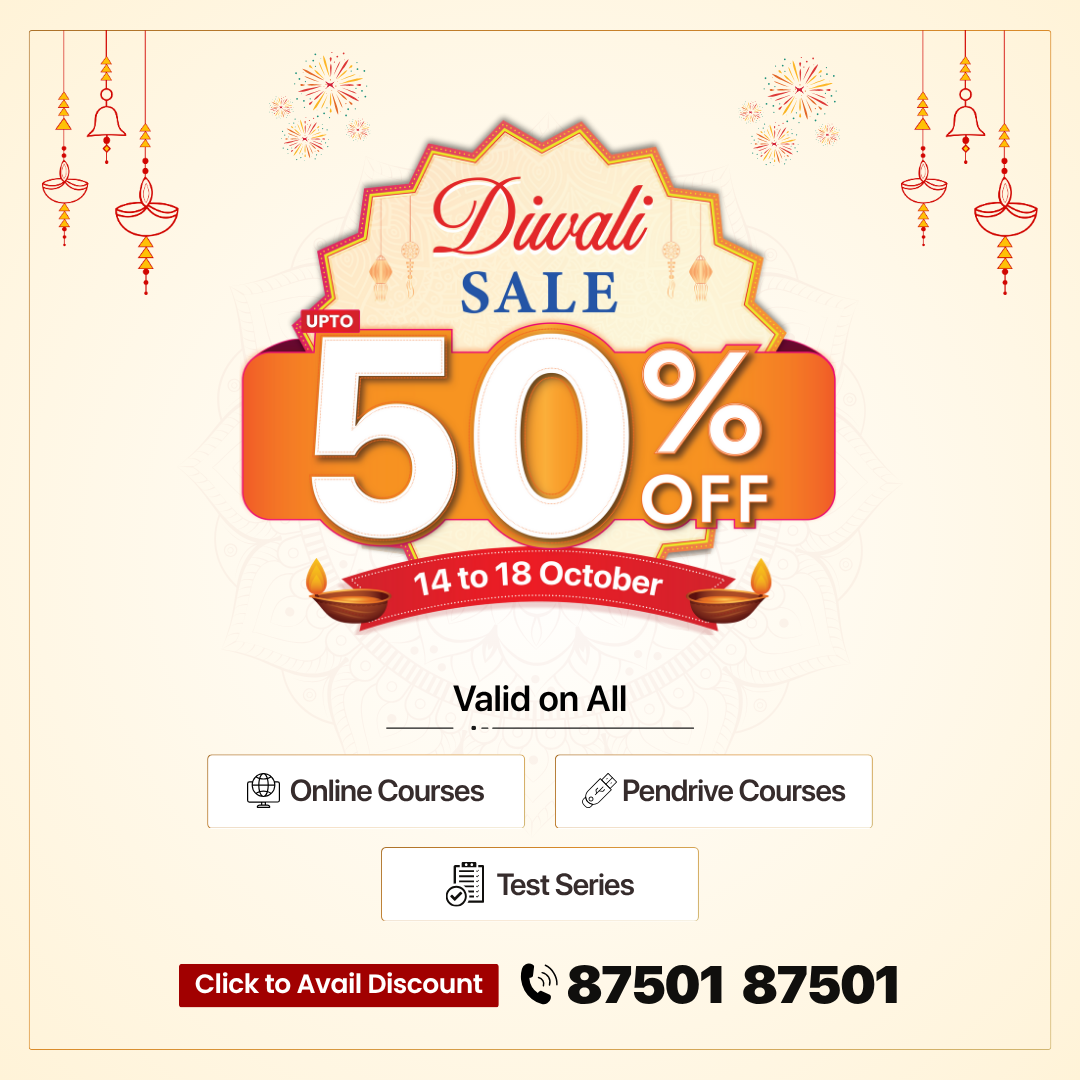
International Relations
India-Mongolia Strategic Partnership
For Prelims: Mongolia, Critical Minerals, Rare Earths Elements, Coking Coal, Gobi Desert, Snow Leopard, Musk Deer, Nomadic Elephant, Khaan Quest
For Mains: Dynamics of India-Mongolia Strategic Partnership, Buddhist diplomacy, Role of soft power and development partnerships in India's engagement with resource-rich, landlocked nations.
Why in News?
The President of Mongolia undertook a State Visit to India, commemorating the 70th anniversary of diplomatic relations and the 10th anniversary of the Strategic Partnership between the two nations.
What are the Key Outcomes of the President of Mongolia Visit to India?
- Defence & Security Cooperation: India launched a capacity-building programme for Mongolia’s border security forces and strengthened defence ties via training programmes and a Defence Attache at the Indian Embassy.
- Energy Security: The visit confirmed the USD 1.7 billion Oil Refinery Project in Mongolia, funded by an Indian Line of Credit, marking India’s largest global development partnership and pivotal for Mongolia’s energy security.
- Economic Partnership: Cooperation in critical minerals, rare earths elements, and coking coal was highlighted as a priority, with India considering logistical routes through Vladivostok (Russia) and Tianjin port (China) for importing Mongolian coking coal.
- Cultural Connectivity: India will send the holy relics of Lord Buddha's disciples, Sariputra and Maudgalyayana, to Mongolia, and an MoU was signed between the Ladakh Autonomous Hill Development Council and Arkhangai Province to boost cultural ties.
- India will also send a Sanskrit teacher to the Gandan Monastery (Mongolia) and launch a project to digitize one million ancient Mongolian manuscripts.
- Development Cooperation & Skill Development: Both sides signed pacts on cultural exchange, immigration cooperation, disaster management, and Bogd Khan Palace (Mongolia) renovation, while India’s developmental role was highlighted via the Atal Bihari Vajpayee Centre of Excellence for IT and the India-Mongolia Friendship School.
Mongolia
- Geography: Mongolia is a landlocked country in Asia,located between Russia to the north and China to the south. The country is extremely dry, receiving only 4 inches of rainfall annually.
- Southern Mongolia is dominated by the Gobi Desert (cold desert).
- The country is called the Land of the Eternal Blue Sky and the Land of the Horse.
- People & Culture: Many Mongolians live in traditional yurts (gers), which are dome-shaped tents.
- The Naadam Festival, celebrated in summer, features sports, games, and food, with children participating in events like horse racing.
- Most of the population practices traditional nomadic herding, and Mongolia includes ethnic groups like Mongols, Kazakhs, and Tuvans.
- Nature & Wildlife: Mongolia is home to native species such as Bactrian camels with two humps and resilient Mongolian horses.Endangered species include snow leopard and musk deer.
- The first dinosaur egg ever discovered was found in the Gobi, along with many dinosaur remains and fossils from 100 million years ago, during the late Cretaceous period.
- History: The Mongol Empire rose to power under Genghis Khan and his sons in the 13th century, conquering much of Asia and Europe. Marco Polo and his family were the first Europeans to cross the Gobi around AD 1275.
What is the Status of India-Mongolia Relations?
- Historical Relations: Historical conjectures suggest migration from the Kangra kingdom 4,300 years ago under Mangaldev, though evidence is lacking.
- During the Hunnu State (3rd century BC in Mongolia) and the Great Mongol Empire, Buddhist monks and Indian traders visited Mongolia, and in 552 BC, Lama Narendrayash from Udayana (Northern India) visited Nirun state (Mongolia).
- Political Relations: Diplomatic relations between India and Mongolia were established in 1955, making India the first country outside the Socialist bloc to do so. India also supported Mongolia’s membership in the United Nations (UN) and Non-Aligned Movement (NAM).
- Trade Relations: In 2024, India-Mongolia bilateral trade stood at USD 111 million. India’s exports to Mongolia include medicines, mining machinery, and auto parts, while imports consist mainly of raw cashmere wool.
- Defence Cooperation: The joint India-Mongolia exercise Nomadic Elephant is held annually, and India also participates in the week-long Khaan Quest training exercise hosted by Mongolia.
- Humanitarian Assistances: India provided humanitarian assistance worth USD 20,000 (beds, bedrolls, toys) to children of herders in Sukhbaatar Aimag affected by Zud (harsh winter), and USD 50,000 to flood-affected provinces Bayan Ulgii, Arhangai, and Huvsgul.
- Cultural Relations: The India-Mongolia Cultural Agreement of 1961 governs the Cultural Exchange Programme (CEP), facilitating educational cooperation through scholarships, expert exchanges, and conference participation.
- A pan-Mongolia Indian dance competition, Melody of Ganga, is being organized for school children.
What Factors are Impeding a Stronger India–Mongolia Partnership?
- Geographical & Logistical Chokepoint: Mongolia's landlocked status creates a fundamental logistical barrier for bilateral trade and investment.
- All movement of goods, including crucial mineral exports for India and Line of Credit (LoC) imports for Mongolia's oil refinery, must be routed through either Russia or China, driving up costs and reducing India's trade competitiveness.
- Disparity in Economic Scale and Trade Volume: Despite the Strategic Partnership since 2015, actual bilateral trade remains minuscule (around USD 110 million in 2024), especially compared with Mongolia’s economic dependence on China.
- Geopolitical Vulnerability to Neighbors: Mongolia’s "Third Neighbour" policy relies on India as a democratic and spiritual partner to balance China and Russia.
- However, any aggressive move by India to deepen this relationship could be perceived as geopolitical provocation by its powerful neighbors, complicating cooperation and potentially creating instability for Mongolia.
- Project Implementation and Political Volatility: The timeline and successful execution of India's flagship projects, particularly the USD 1.7 billion oil refinery (expected 2028), are susceptible to delays, cost overruns, and local political instability in Mongolia.
- Slow implementation or policy changes can invite skepticism and criticism, preventing the deepening of trust needed to translate MoUs into lasting strategic gains.
What Measures can India Adopt to Deepen its Ties with Mongolia?
- Critical Minerals Partnership: Invest in coal gasification projects and joint ventures to extract Mongolia’s rare earth elements (e.g., copper, uranium), reducing India’s dependency on China for critical minerals.
- Strategic Connectivity: Launch direct flights (e.g., Delhi-Ulaanbaatar) and collaborate on digital infrastructure (e.g., India Stack for e-governance) to strengthen Mongolia’s “Third Neighbor” policy.
- Defense & Security Cooperation: Expand exercises on peacekeeping, counterterrorism, and cold‑desert warfare, leveraging India’s high‑altitude expertise.
- Promote Cultural Links: Fund restoration of Buddhist heritage sites (e.g., Gandan Monastery) and promote scholarly exchanges through Nalanda University, while organizing joint cultural events and cinema co-productions to leverage Mongolia’s interest in Indian media.
- Agriculture & Food Security: Share Indian expertise in cooperative dairy models (e.g., Amul) and modernize meat export infrastructure, while providing drought-resistant crop technologies to combat desertification.
Conclusion
The President of Mongolia’s state visit to India reinforced a decade-long strategic partnership, advancing defence, energy, economic, cultural, and skill development cooperation. With landmark initiatives like the USD 1.7 billion Oil Refinery Project, capacity-building for border security, and cultural exchanges, the visit strengthened bilateral trust, regional engagement, and people-to-people ties.
|
Drishti Mains Question: "India's relationship with Mongolia is a unique blend of deep civilizational kinship and modern strategic pragmatism." Elucidate with reference to recent developments. |
Frequently Asked Questions (FAQs)
1. Where is Mongolia located?
Mongolia is a landlocked country in Asia, between Russia to the north and China to the south.
2. What cultural collaborations exist between India and Mongolia?
Initiatives include sending Buddhist relics, a Sanskrit teacher to Gandan Monastery, digitizing manuscripts, linking Nalanda University, and MoUs like Ladakh-Arkhangai cultural cooperation.
3. How do India and Mongolia cooperate in defence?
Through capacity-building programmes for border forces, training initiatives, a Defence Attaché, and joint exercises like Nomadic Elephant and Khaan Quest.
UPSC Civil Services Examination Previous Year Question (PYQ)
Prelims
Q. “Climate is extreme, rainfall is scanty and the people used to be nomadic herders.” (2013)
The above statement best describes which of the following regions?
(a) African Savannah
(b) Central Asian Steppe
(c) North American Prairie
(d) Siberian Tundra
Ans: (b)

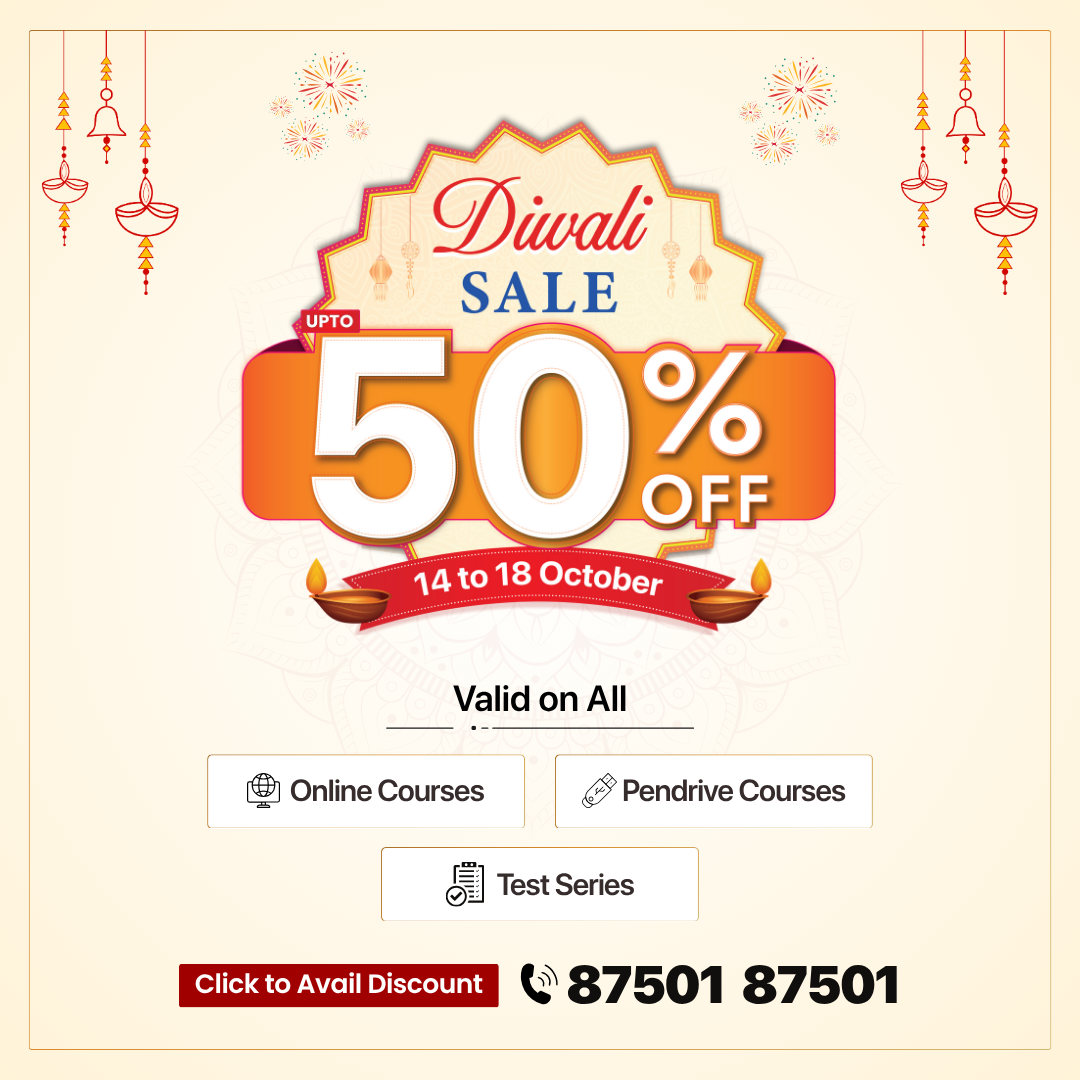
Facts for UPSC Mains
India-Middle East–Europe Economic Corridor
Why in News?
The India–Middle East–Europe Economic Corridor (IMEC), unveiled at the 2023 G20 Summit, aims to link India with Europe through the Middle East.
- However, ongoing conflicts in West Asia and emerging Arctic routes pose serious challenges to its implementation and strategic viability.
What is India-Middle East–Europe Economic Corridor?
- About: IMEC is a strategic multi-modal connectivity initiative launched through a MoU at the G20 Summit 2023, New Delhi. It has two corridor segments Eastern Corridor (connects India to the Gulf region) and Northern Corridor (connects the Gulf region to Europe).
- IMEC signatories include India, US, Saudi Arabia, UAE, France, Germany, Italy, and the EU. It is part of the G7’s Partnership for Global Infrastructure and Investment (PGII, 2021).
- The IMEC emerged in 2023 amid favourable geopolitics, supported by the Abraham Accords and improving India-UAE, Saudi Arabia, and US ties. It aims to link Israel’s Haifa port with Jordanian railways and Gulf ports.
- Purpose: IMEC aims to develop an integrated network of ports, railways, roads, sea lines, energy pipelines, and digital infrastructure (undersea digital cables) to enhance trade and economic cooperation between India, the Middle East, and Europe.
- IMEC is designed as a transparent, sustainable, and debt-free alternative to China’s Belt and Road Initiative (BRI), ensuring infrastructure development without compromising national sovereignty.
- Economic & Strategic Benefits for India: IMEC reduces logistics costs by ~30% and transport time by ~40% versus the Suez Canal route, boosting export competitiveness.
- For India, IMEC is a strategic opportunity to diversify trade routes, reducing reliance on chokepoints like the Suez Canal. The corridor enhances access to European markets via the Mediterranean, providing an alternative to China’s BRI.
- With the EU as one of India's largest trading partners (USD 136 billion in 2024-25), stronger connectivity could boost export competitiveness.
- IMEC also aligns with India’s Act West policy, deepening engagement with the Middle East for energy security, remittances, and diaspora links, while countering Pakistan’s regional strategic influence.
- It aligns with India’s One Sun One World One Grid (OSOWOG) initiative to harness solar and green hydrogen energy from the Middle East and supports India’s transition to a low-carbon economy.
- For India, IMEC is a strategic opportunity to diversify trade routes, reducing reliance on chokepoints like the Suez Canal. The corridor enhances access to European markets via the Mediterranean, providing an alternative to China’s BRI.
What are the Key Challenges to the India–Middle East–Europe Economic Corridor (IMEC)?
- Geopolitical Instability in West Asia: The Hamas attack in October 2025 and subsequent Israeli military actions have worsened regional security, especially between Israel and Arab states, threatening the core IMEC route.
- Deterioration in Israel’s ties with countries like Saudi Arabia and Jordan could stall railway and energy infrastructure projects planned through their territories.
- West Asia’s volatile political climate makes long-term infrastructure investments risky and uncertain.
- Shifting Trade Dynamics Due to Climate Change: Arctic sea routes, now more accessible due to climate change, offer shorter, cost-effective shipping routes between Asia and Europe, reducing IMEC’s competitive edge.
- Countries like the US, Russia, China, and northern Europe stand to benefit more from Arctic connectivity than IMEC signatories.
- Mediterranean countries like Italy and France view IMEC as a counterweight to potential economic marginalization due to Arctic routes.
- Red Sea Disruptions and Maritime Insecurity: Frequent attacks by Houthi rebels in the Red Sea have disrupted shipping, leading to detours via the Cape of Good Hope, increasing transport time and cost.
- IMEC, depending on maritime segments near conflict zones, faces exposure to similar disruptions.
- Exclusion of Regional Actors and Strategic Competition: Countries like Turkey, Egypt, or Iran are not part of IMEC, despite their strategic geography, potentially creating rival or parallel corridors.
- Pakistan’s growing ties with Arab states, especially Saudi Arabia, could be leveraged to counter IMEC and undermine India’s influence in the region.
- Implementation and Investment Challenges: Building high-speed rail, energy pipelines, and digital infrastructure across multiple sovereign territories requires enormous financial and technical resources.
- IMEC aims to mobilize USD 600 billion by 2027, but lacks a definitive funding roadmap and cost-sharing plan among stakeholders.
- Large-scale infrastructure requires long-term investments (USD 3–8 billion per project), which remains uncertain amid global economic slowdown.
- Uncertain Peace Prospects in the Gaza Conflict: Even as peace initiatives are proposed, there is no guarantee of long-term stability in Gaza or the broader Israel-Palestine region.
- Any future flare-ups could derail ongoing or planned segments of the corridor, especially in Israel and Jordan.
What Strategies can India Adopt to Ensure Successful Implementation of the IMEC?
- Foster Multilateral Cooperation and Governance: India should take the lead to establish an IMEC Secretariat for coordination, dispute resolution, and monitoring, while promoting policy harmonization and regulatory alignment among member countries.
- Strengthen Geopolitical Engagement: India should maintain active diplomatic outreach with all member countries and regional players.
- Facilitate conflict resolution to address West Asian instability (e.g., Gaza conflict, Saudi-Iran rivalry).
- Promote inclusion of Turkey, Iran, Qatar, and Egypt, and engage additional Saudi and Egyptian ports to expand IMEC’s reach, strengthen India-Arab economic ties, and counter Pakistan’s regional influence.
- Secure Investment Commitments: Develop a clear financial roadmap and cost-sharing mechanisms among member nations.
- Leverage Public-Private Partnerships (PPPs), green bonds, and sustainable finance to ease budget pressure.
- Mitigate Trade and Security Risks: Diversify routes and build contingency plans against maritime disruptions.
- Strengthen regional security cooperation via Indian Ocean Rim Association (IORA) and Gulf Cooperation Council (GCC) to counter piracy, terrorism, and cyber threats.
- Promote Technological Integration: India can lead digital connectivity initiatives like Unified Payments Interface (UPI)-based payments, undersea data cables, and 5G infrastructure. And Support e-commerce, fintech, and smart city projects while reducing the digital divide along IMEC nodes.
Conclusion
IMEC offers India a strategic pathway to diversify trade, strengthen connectivity with Europe and the Middle East, and enhance export competitiveness. While challenges persist, coordinated engagement, robust infrastructure, and technological integration can unlock significant economic opportunities, positioning India as a key driver of prosperity across the corridor.
|
Drishti Mains Question: Critically examine the strategic and economic significance of the India–Middle East–Europe Economic Corridor (IMEC) for India. |
Frequently Asked Questions (FAQs)
1. What is the India–Middle East–Europe Economic Corridor (IMEC)?
IMEC is a multi-modal connectivity initiative launched at the G20 Summit 2023 to link India, the Middle East, and Europe via ports, railways, energy pipelines, and digital infrastructure.
2. Which countries are signatories of IMEC?
India, US, Saudi Arabia, UAE, France, Germany, Italy, and the European Union are the current IMEC signatories.
3. What are the strategic benefits of IMEC for India?
IMEC reduces logistics costs (~30%) and transport time (~40%) versus the Suez Canal, enhances export competitiveness, supports India’s OSOWOG energy goals, and strengthens engagement under the Act West policy.
UPSC Civil Services Examination, Previous Year Questions (PYQs)
Prelims:
Q. ‘Belt and Road Initiative’ is sometimes mentioned in the news in the context of the affairs of (2016)
(a) African Union
(b) Brazil
(c) European Union
(d) China
Ans: (d)

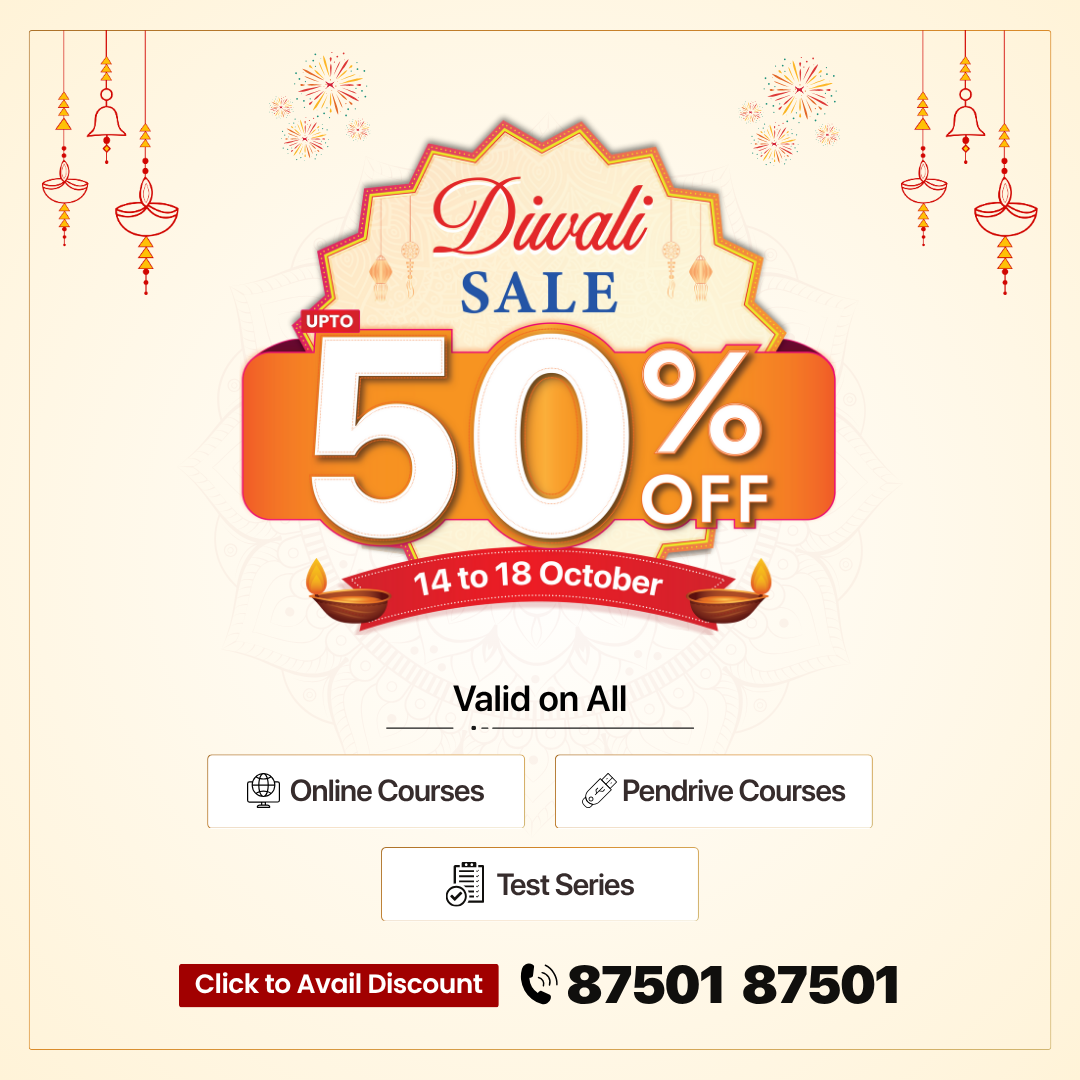
Important Facts For Prelims
Pradhan Mantri Formalisation of Micro Food Processing Enterprises Scheme
Why in News?
The Union Finance Minister of India announced the release of ₹3,791.1 crore to States and Union Territories under the Pradhan Mantri Formalisation of Micro Food Processing Enterprises (PM-FME) Scheme.
What is the PM-FME Scheme?
- About: PM-FME aims to strengthen micro food enterprises, promote ‘Vocal for Local’ products, and integrate rural entrepreneurs into the formal economy.
- Launched on 29 June 2020, the PM-FME Scheme is a Centrally Sponsored Scheme under the Atmanirbhar Bharat Abhiyan.
- It was launched for a duration of 2020–21 to 2025–26 with a total outlay of ₹10,000 crore.
- Salient Features of the Scheme:
- Common Infrastructure: FPOs, Cooperatives, SHGs, and Government agencies setting up food processing units with shared facilities are eligible for a 35% credit-linked subsidy, up to ₹3 crore.
- Credit-Linked Subsidy: Individuals, FPOs, NGOs, Cooperatives, SHGs, and Pvt. Ltd. firms can avail a 35% subsidy, up to ₹10 lakh per unit, for upgrading or setting up new units.
- One District One Product (ODOP): Implements an ODOP approach to promote scale, value chain development, and marketing support- covering 713 districts in 35 States/UTs with 137 unique products.
- Seed Capital for Self Help Groups: Provides ₹40,000 per member, up to ₹4 lakh per SHG, as seed capital for working capital and small tools, disbursed through SHG federations.
- Marketing & Branding: Offers a 50% grant for branding and marketing initiatives by FPOs, SHGs, Cooperatives, or SPVs to promote processed food products.
- Capacity Building: Provides training under the Food Processing Entrepreneurship Development Programme to enhance technical and business skills of beneficiaries.
- Cost Sharing Pattern: 60:40 between Centre and States, 90:10 for North Eastern and Himalayan States, 60:40 for UTs with legislature, and 100% Central funding for other UTs.
What are the Other Key Government Initiatives Related to the Food Processing Sector?
- Pradhan Mantri Kisan Sampada Yojana
- Production Linked Incentive (PLI) Scheme for the food processing industry.
- Priority Sector Lending (PSL): Food and agro-processing units, along with cold chain infrastructure, are now recognized as priority sectors.
- 100% FDI under Automatic Route: The food processing sector can receive full foreign direct investment through the automatic approval route.
- Special Food Processing Fund: Establishment of a ₹2,000 crore fund with the National Bank for Agriculture and Rural Development (NABARD).
- The Mega Food Park Scheme provides integrated infrastructure for food processing, offering up to Rs 50 crore per project.
Frequently Asked Questions
1. What is the PM-FME Scheme?
A scheme launched in 2020 to formalize micro food enterprises, promote local products, enhance rural income, and integrate entrepreneurs into the formal economy.
2. What support does PM-FME provide?
Provides capital subsidies, grants, seed funding, training, branding, marketing, common infrastructure, and R&D support to individual units, FPOs, cooperatives, and SHGs.
3. What is the ODOP approach?
Each district focuses on one key product, promoting cluster-based processing, storage, branding, market linkages, and aligning with India’s Agriculture Export Policy.
4. What challenges does the sector face?
Infrastructure gaps, limited finance access, and weak quality standards hinder growth, export potential, and competitiveness of India’s food processing industry.
UPSC Civil Services Examination Previous Year Question (PYQ)
Prelims
Q. With what purpose is the Government of India promoting the concept of “Mega Food Parks”? (2011)
- To provide good infrastructure facilities for the food processing industry.
- To increase the processing of perishable items and reduce wastage.
- To provide emerging and eco-friendly food processing technologies to entrepreneurs.
Select the correct answer using the codes given below:
(a) 1 only
(b) 1 and 2 only
(c) 2 and 3 only
(d) 1, 2 and 3
Ans: (b)

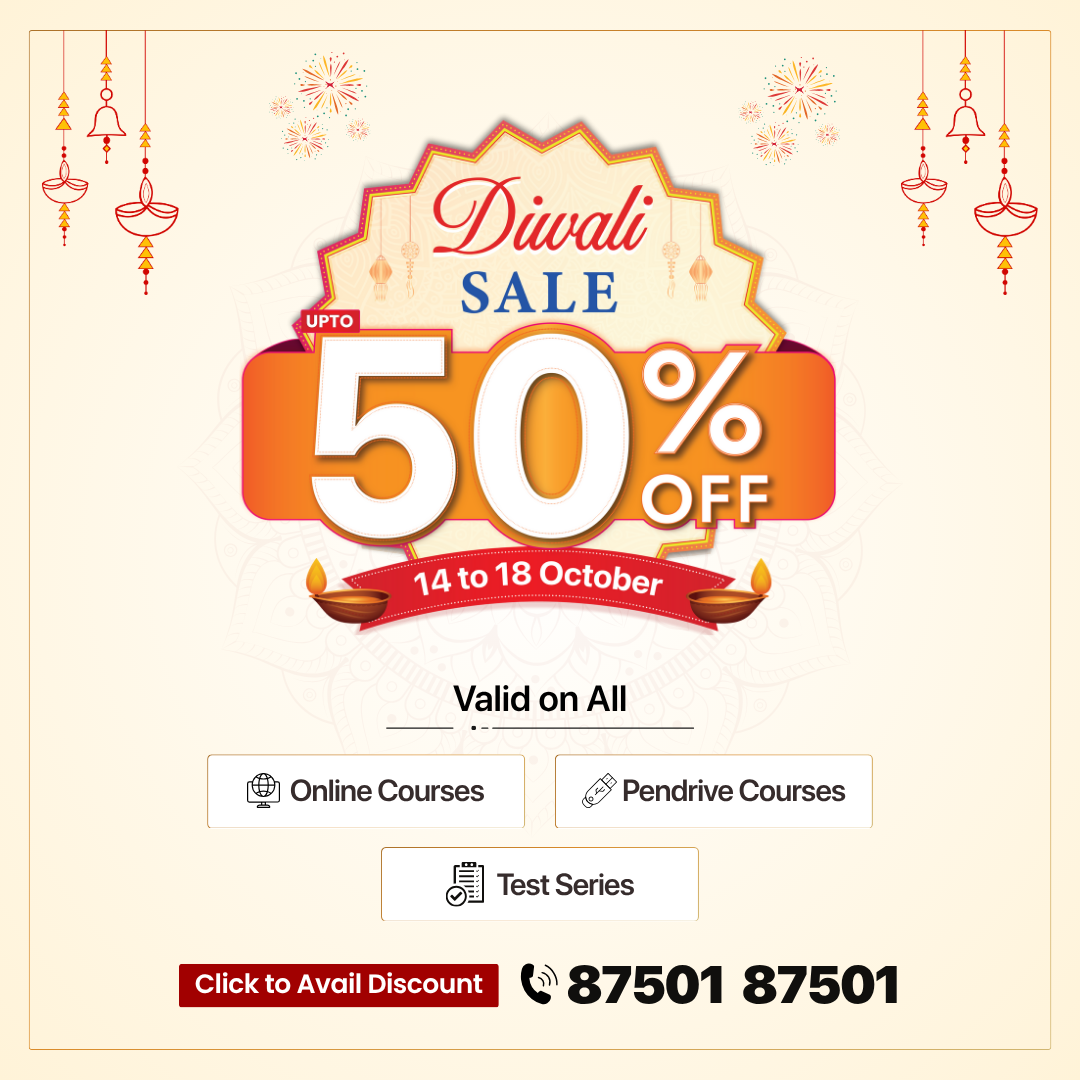
Rapid Fire
GPS Spoofing
An Air India flight operating from Vienna to Delhi was forced to divert after a suspected GPS signal spoofing over the Middle East disrupted its navigation. The spoofing of signals caused severe degradation of the aircraft’s flight control systems, including failures in autopilot, autothrust, flight director, and autoland functions.
- GPS Spoofing: It is a cyberattack in which fake or counterfeit GPS signals are sent to receivers, causing them to compute incorrect position, navigation, or time information.
- Working Mechanism: Attackers use ground-based transmitters to broadcast strong counterfeit GPS signals that override genuine satellite signals.
- The GPS receiver locks onto these fake signals, producing incorrect location or time readings.
- Effects on Aviation: Spoofing can cause aircraft navigation systems including autopilot, flight director, and autoland, to malfunction, leading to misrouting, cockpit confusion, false warnings, and risks of entering restricted airspace or collisions.
- Difference from Jamming: Unlike jamming, which blocks or disrupts signals, spoofing feeds false data, making detection and response more difficult.
- Mitigation Measures: Robust backup navigation systems like Inertial Reference Systems (IRS) offer alternative location data during spoofing.
- Anti-spoofing technologies, multi-constellation GNSS, advanced signal processing, and pilot training are essential to enhance resilience.
- Working Mechanism: Attackers use ground-based transmitters to broadcast strong counterfeit GPS signals that override genuine satellite signals.
| Read more: Global Cybersecurity Outlook 2025 |

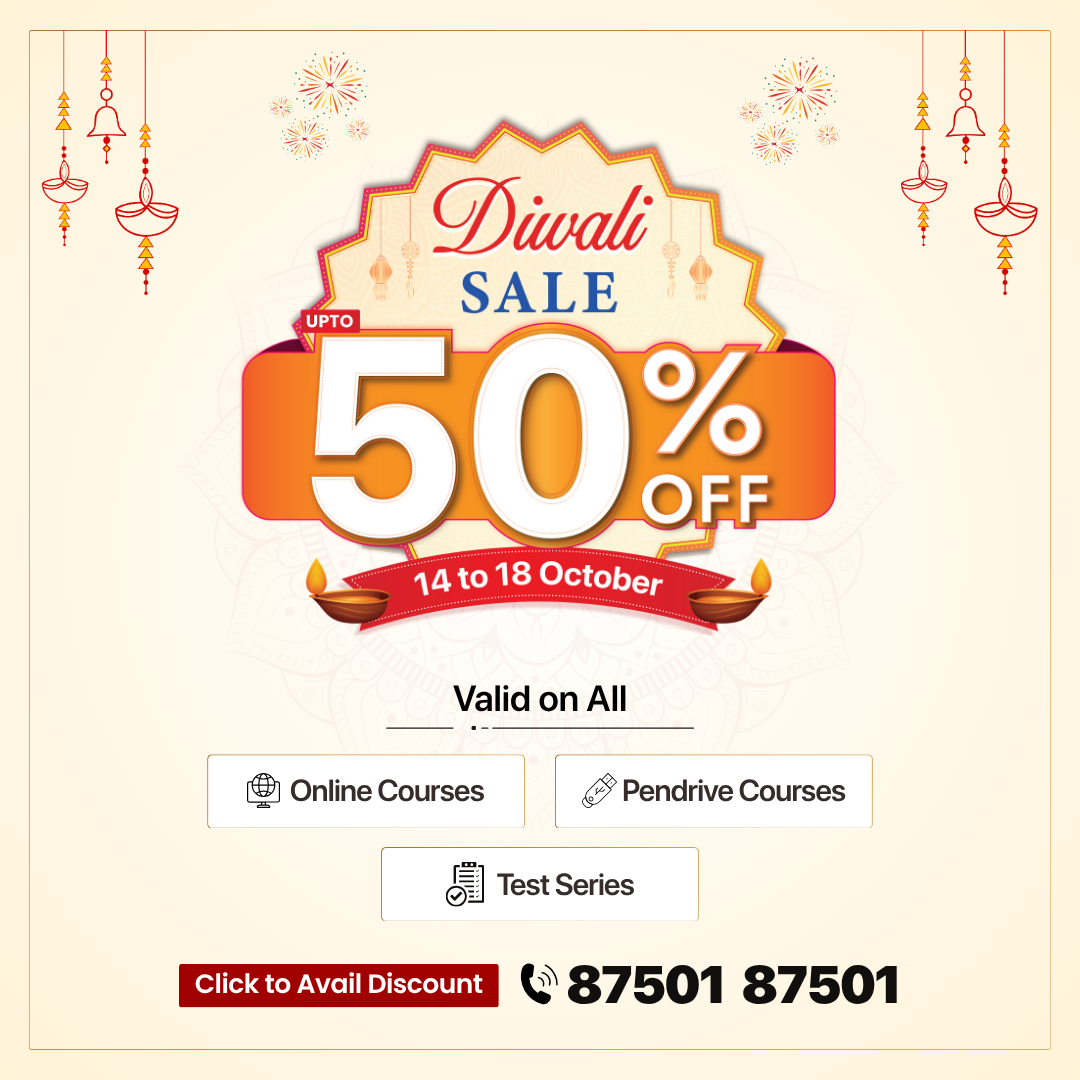
Rapid Fire
Northeast Monsoon
The timely onset of the northeast monsoon in October 2025 has brought much-needed relief to Tamil Nadu and Andhra Pradesh, regions that rely heavily on it for both agriculture and water security.
- Northeast Monsoon (October to December): As the southwest monsoon (June to September) begins to fade, the northeast monsoon sets in by October.
- This is also called the retreating monsoon. It is shorter and less widespread but still important, especially for southern India.
- By October, the land starts to cool faster than the ocean. This creates a high-pressure area over the Indian subcontinent and a low-pressure area over the surrounding seas.
- The direction of wind flow reverses and winds blow from land to sea. These are called northeasterlies. Since these winds pass over the Bay of Bengal before reaching the southeastern coast, they pick up some moisture.
- As they reach Tamil Nadu, south Andhra Pradesh and parts of Sri Lanka, they provide abundant moisture for rainfall activity.
- This rain is crucial for regions like Tamil Nadu that do not receive much during the southwest monsoon. It supports rabi crops and replenishes reservoirs in the southern peninsula.
| Read more: Monsoon |

